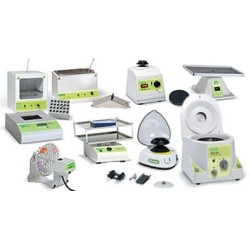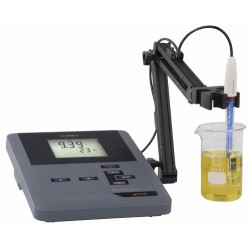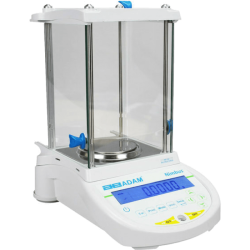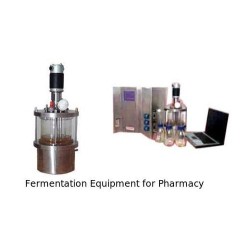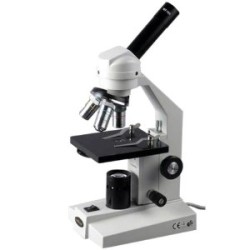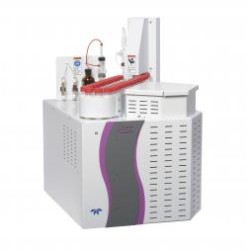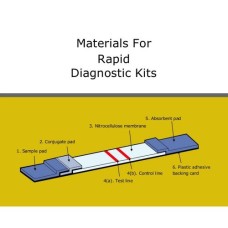Rapid Diagnostic Kits
Product Details :
Material | Fiber |
Type | Cellulose |
Tests
Kit | Rapid
Test Kit |
Packaging
Size | Sheet |
Time
To Result | 10 min |
Description:
The sample pad can be used to perform multiple tasks, foremost of which is to promote the even and controlled distribution of the sample onto the conjugate pad. It may also control the rate at which liquid enters the conjugate pad, preventing flooding of the device. When impregnated with components such as proteins, detergents, viscosity enhancers, and buffer salts, the sample pad can also be used to:
- Increase sample viscosity (modulate flow properties).
- Enhance the ability of the sample to solubilize the detector reagent.
- Prevent the conjugate and analyte from binding non-specifically to any of the downstream materials.
- Modify the chemical nature of the sample so that it is compatible with immunocomplex formation at the test line.
- Promote even flow of the sample along the membrane.
The presence of added protein (such as albumin) and detergents and surfactants (such as SDS or TWEEN 20 at a very low concentration) may promote resolubilization of the conjugate, reduce nonspecific binding of the conjugate, and possibly minimize adsorption of the analyte to the membrane.
There are two types of materials that are commonly used as sample pads: cellulose fiber filters and woven meshes.
Woven meshes, sometimes called screens, normally work very well to distribute the sample volume evenly over the conjugate pad. They also typically have good tensile strength and handle well, even when wet. Meshes have very low bed volumes, meaning that they retain very little sample volume, normally 1 2 L/ cm2. On the other hand, it is impractical to treat them with the intention of loading them with enough solutes to modify the protein content, pH, ionic strength or viscosity of the test sample. Meshes can also be expensive relative to other porous media and difficult to process through strip cutting machinery.
Cellulose filters have properties that are nearly the opposite of woven meshes. They are thick (> 250 m), weak, and relatively inexpensive. Cellulose filters also have large bed volumes (> 25 L/ cm2). Paper can be very difficult to handle, especially when wet. Cellulosic filters are the most commonly used materials to make the sample pad because they can be loaded with a wide array of blocking agents, detector reagent release agents, pH and ionic strength modifiers, and viscosity enhancers. When using cellulose filters, care must be taken to ensure sufficient and consistent contact with the underlying conjugate pad material. Failure to achieve good contact and adequate compression can lead to interrupted or inconsistent transfer of fluid into the conjugate pad.
Additional Information:
- Item Code: SP1
- Production Capacity: 100000
- Delivery Time: 2-4 weeks




